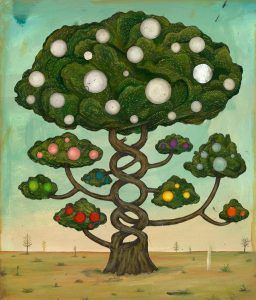Carl Zimmer in the New York Times:
 James Priest couldn’t make sense of it. He was examining the DNA of a desperately ill baby, searching for a genetic mutation that threatened to stop her heart. But the results looked as if they had come from two different infants.
James Priest couldn’t make sense of it. He was examining the DNA of a desperately ill baby, searching for a genetic mutation that threatened to stop her heart. But the results looked as if they had come from two different infants.
“I was just flabbergasted,” said Dr. Priest, a pediatric cardiologist at Stanford University.
The baby, it turned out, carried a mixture of genetically distinct cells, a condition known as mosaicism. Some of her cells carried the deadly mutation, but others did not. They could have belonged to a healthy child.
We’re accustomed to thinking of our cells sharing an identical set of genes, faithfully copied ever since we were mere fertilized eggs. When we talk about our genome — all the DNA in our cells — we speak in the singular.
But over the course of decades, it has become clear that the genome doesn’t just vary from person to person. It also varies from cell to cell. The condition is not uncommon: We are all mosaics.
More here.
